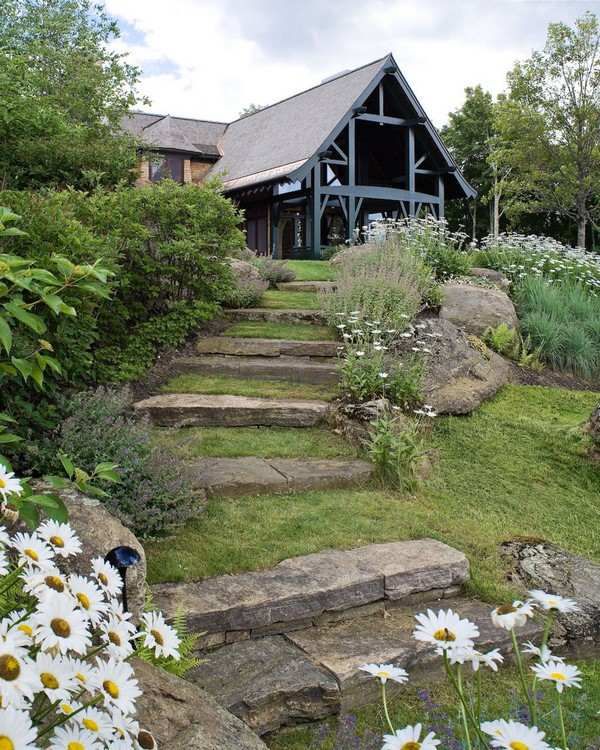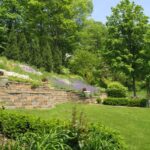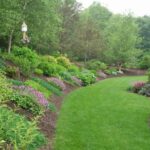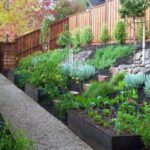Landscaping a hill can be a challenging but rewarding project that can greatly enhance the beauty and functionality of your outdoor space. Whether you have a small slope in your front yard or a steep hill in your backyard, there are a variety of landscaping techniques that can help you make the most of your hilly terrain.
One of the key considerations when landscaping a hill is erosion control. Steep slopes are more prone to erosion from rainfall and runoff, so it’s important to implement measures to prevent soil erosion. Planting ground cover plants, installing retaining walls, and creating terraced levels are all effective ways to reduce erosion and stabilize the soil on a hill.
Incorporating hardscape elements such as stairs, pathways, or retaining walls can also help to make a hill more accessible and manageable. Retaining walls can be used to create flat terraced areas for planting or seating, while steps can make it easier to navigate the slope. Pathways can provide a functional and visually appealing way to traverse a hill, creating a sense of movement and flow in the landscape.
When it comes to planting on a hill, it’s important to choose plants that are suited to the site conditions. Plants with deep root systems can help to stabilize soil on a slope, while drought-tolerant plants are often a good choice for hillsides that receive full sun. Ground cover plants like creeping juniper or periwinkle can help to prevent erosion and add visual interest to a hilly landscape.
Incorporating drainage solutions into your hillside landscaping plan is also essential. Proper drainage will help to prevent water from pooling on the slope and causing erosion or water damage. French drains, drain pipes, and swales can all be used to redirect water away from the hill and protect the integrity of the landscape.
Another important consideration when landscaping a hill is maintenance. Hilly terrain can be more challenging to care for than flat ground, so it’s important to choose low-maintenance plants and materials that will require minimal upkeep. Regularly monitoring for erosion, weeds, and plant health issues is also crucial to ensure the long-term success of your hillside landscaping project.
















